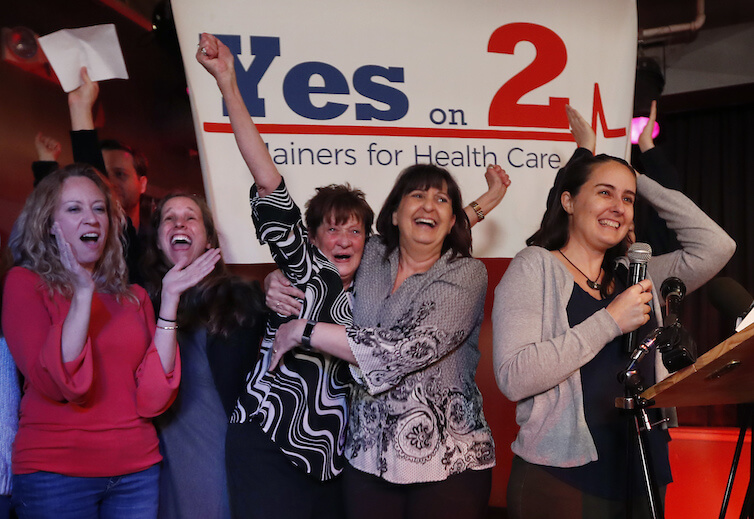Should-Read: Douglas L. Campbell: Ancestry and Development: the Power Pose of Economics?: “George Mason… asked me to present my work joint with Ju Hyun Pyun, taking down the “genetic distance to the US predicts development”…
…This has evolved into an Amy Cuddy “Power Pose” situation, in which Spolaore and Wacziarg refuse to admit that there is any problem with their research, and continue to run income-level regressions and write papers using genetic distance which do not include a dummy for sub-Saharan Africa, but exclude that region instead…. The remaining question is how robust the genetic distance-development relationship is in Europe. In fact, there is already a paper, by Giuliano, Spilimbergo, and Tonon, saying that the impact of genetic distance on both trade and GDP in Europe is not robust…. The early drafts of that paper also said something about GDP in Europe, while the published version stripped out GDP precisely because the referees—likely Spolaore or Wacziarg—wouldn’t allow it….
Wacziarg has now posted regressions on his website used by this referee, so I gather that he must be the author… had some very choice words for this paper… “Giuliano, Spilimbergo and Tonon, the authors of this paper are clearly referring to an old (2006) version, which contained numerous errors and imprecisions.”… I’m curious… what kind of “errors and imprecisions”?… I decided to check if Giuliano, Spilimbergo, and Tonon were really that careless, or whether Spolaore and Wacziarg were, once again, wrong… on the metro ride from Dupont Circle to George Mason, I fired up Stata to check how robust the results were when we exclude sub-Saharan Africa….
It’s amazing to me that these two Harvard PhDs would want to continue to push this, and to stake their reputations on this…. They now have written an additional 5-6 papers, it seems, repeating the same mistakes, even after they became aware that their results are not robust…. In their new paper, they’ve gone back to the cross-country income regressions, which they previously conceded were not robust. I guess they were hoping that their comments over at Gelman’s blog (and at Marginal Revolution) would be forgotten. In any case, if Spolaore and Wacziarg want to respond with more gibberish, I’ll yield to them the floor…


